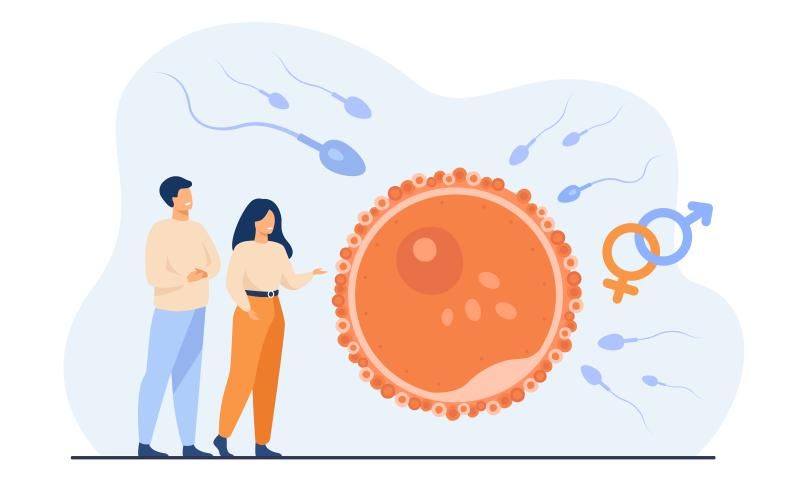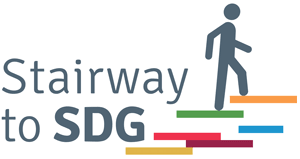Introduction

Fertility and parenthood concept (By @pch.vector on freepik.com)
|
Good sexual and reproductive health is a state of complete physical, mental and social well-being in all matters relating to the reproductive system. It implies that people are able to have a satisfying and safe sex life, the capability to reproduce, and the freedom to decide if, when, and how often to do so. To maintain one’s sexual and reproductive health, people need access to accurate information and the safe, effective, affordable and acceptable contraception method of their choice. They must be informed and empowered to protect themselves from sexually transmitted infections. And when they decide to have children, women must have access to services that can help them have a fit pregnancy, safe delivery and healthy baby. UNFPA, together with a wide range of partners, works toward the goal of universal access to sexual and reproductive health and rights, including family planning. Unfortunately, sexual and reproductive health and rights are not equal all over the world. When we start looking at the values, we see that millions of people are vulnerable to HIV infection, and AIDS remains widespread; approximately 808 women die every day from preventable causes related to pregnancy and childbirth. The following activity provides a chance to deepen learners’ knowledge on the topic and particularly develop and implement possible strategies to improve sexual and reproductive health rights locally and maybe globally. |
Learning Objectives
- The learner knows facts and figures about the most severe communicable and non-communicable diseases, and the most vulnerable groups and regions concerning illness, disease and premature death
- The learner understands the socio-political-economic dimensions of health and well-being and knows about the effects of advertising and about strategies to promote health and well-being
- The learner knows relevant prevention strategies to foster positive physical and mental health and well-being, including sexual and reproductive health and information as well as early warning and risk reduction
- The learner is able to communicate about issues of health, including sexual and reproductive health, and well-being, especially to argue in favour of prevention strategies to promote health and well-being
- The learner is able to encourage others to decide and act in favour of promoting health and well-being for all
- The learner is able to include health promoting behaviours in their daily routines
- The learner is able to plan, implement, evaluate and replicate strategies that promote health, including sexual and reproductive health, and well-being for themselves, their families and others
- The learner is able to publicly demand and support the development of policies promoting health and well-being
- Systems thinking competency
- Anticipatory competency
- Critical thinking competency
- Self-awareness competency
- Integrated problem-solving competency
Instructions
Step 1) Let’s talk about facts (60 minutes)
The teacher introduces the subject showing some facts about sex and reproductive health system, with the help of video n°2. He or she could also talk about differences all around the world and where the problems are more evident. It is important to talk about the main problems such as:
- Sexual contraceptive (sexual and reproductive health)
- Family planning
- HIV
- Maternal Heath/Death.
The teacher could use the information in the "Website links" section.
Step 2) Case studies (120 minutes)
The teacher should form groups of 4/5 people and search for case studies for each group. For example, the teacher could bring them these four case studies:
- Angola- Which has one of the worst unmet need for family plan;
- Afghanistan- Which has one of the worst ratios of maternal mortality;
- Spain- Which has one of the best ratios of maternal mortality;
- Canada- Which has one of the best ratios of unmet need for family plan;
The groups must nominate a delegate that will represent them and they should prepare each case for a debate.
Every group will investigate the numbers, facts, causes and consequences of their own case. They also need to find measures/solutions to reduce/avoid/eliminate these problems. It’s important that the students find graphics, data, facts that help them to support the discussion on the debate. The teacher could show them videos n° 3 and 5 (section "Video") to inspire students:
- "It Begins with One: Sexual & Reproductive Health & Rights"
- "Adolescent health and the importance of sexuality education"
As soon as the groups finish the activity, the teacher should fix the date for the debate.
- CALL TO ACTION 1
The teacher should prepare the debate with all of the delegate of each group. After the debate, some time is dedicated to a short debriefing and possibly questions.
- CALL TO ACTION 2
Each group will search for cases that need help in their city. They need to find numbers, causes and effects of these cases in the city and in the life of the people who are involved. The main purpose is to design measures/solutions/policies that are real and workable.
The teacher should evaluate and choose what is the best reasoned and the best solutions for the problems (real and workable solutions). The group who has the best case, should write a letter to the mayor:
- Explain the case and the facts;
- Show the causes and consequences of these problems (social, economic and political);
- Write the solutions that they have thought to solve the problem;
They should ask for a meeting with the mayor in order to present the ideas and discuss a possible action plan, including a period of voluntary work for the class.
Notes for Educators
Estimated Total Duration: 3 hours + Call to Action
Step 1: The teacher can prepare the lesson on the information contained in the websites below that are listed on WEBSITES URL, where the teacher can also find interactive maps to show. It is suggested to be open to questions and maybe start by learners’ doubts or questions.
- Sexual and reproductive health- https://www.unfpa.org/sexual-reproductive-health;
- Family planning- https://www.unfpa.org/family-planning;
- HIV- https://www.unfpa.org/hiv-aids
- Maternal health- https://www.unfpa.org/maternal-health
During the introduction the teacher should reflect on the differences between developed and developing countries and debate, with the contribution of the learners, what is the cause.
Step 2: In order to see the cultural, social and economic differences, the teacher should choose four different countries of four different continents. The teacher should choose two developed countries and two developing countries. The teacher can use the following links to choose the case:
- https://www.unfpa.org/family-planning;
- https://www.unfpa.org/maternal-health
- https://www.unfpa.org/sexual-reproductive-health
The teacher should decide the time of speaking for each group and moderate the debate.
Call to action: The teacher should select the case which best suits the main purpose of the activity and with the most workable solutions.











